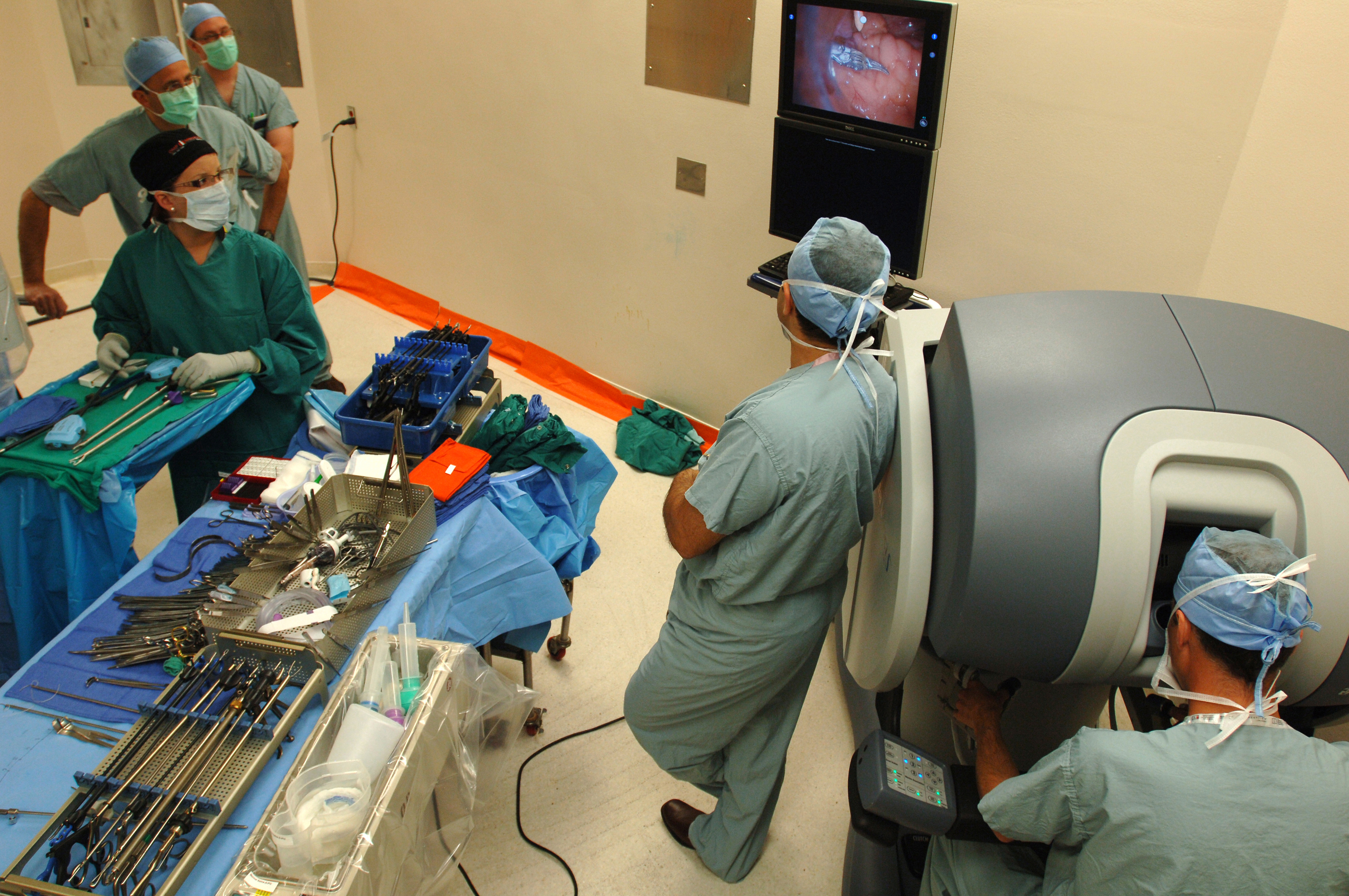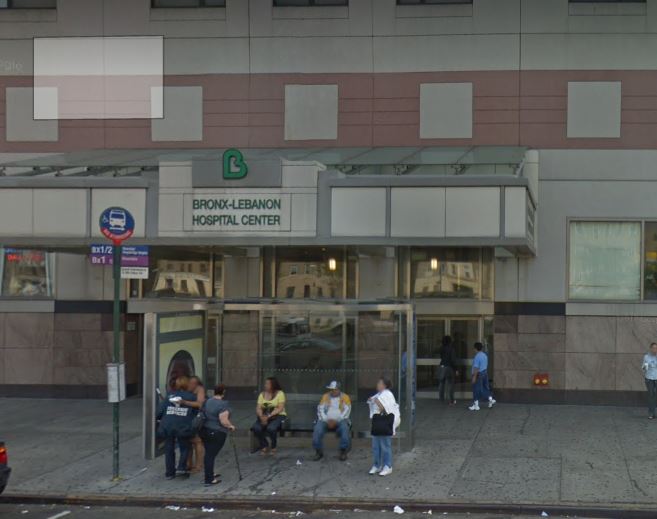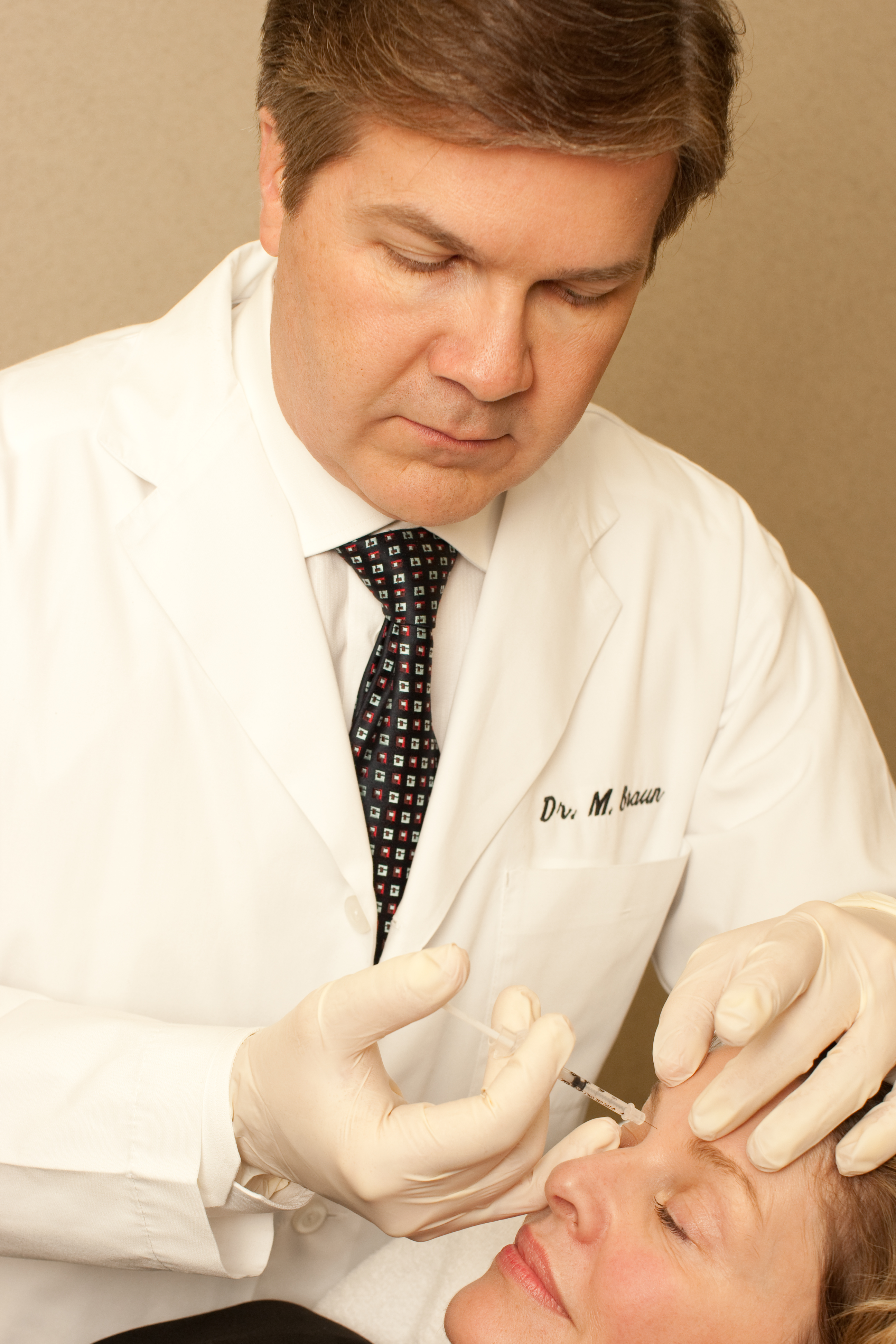Surgery Centers not mandated to report death or serious injuries in 17 States
Our Medical Malpractice Attorneys Jeffrey Bloom and Ben Rubinowitz represented the family of Joan Rivers after she died during a routine endoscopy at a Manhattan surgery center. Sadly many other patients have died following complications or surgical errors at this type of center as many States still do not have regulations that may prevent them. For example in most of the country there is no law that prohibits a doctor who was laid off by a hospital for misconduct to open a surgery center.
A recent USA TODAY NETWORK and Kaiser Health News investigation found that a surgery center in Arkansas 3 people died during colonoscopy procedures in 15 weeks and none of them were reported to an oversight authority. Patients coming for procedures were obviously not aware of these deaths either. This must change.
 New York Personal Injury Attorneys Blog
New York Personal Injury Attorneys Blog





 New York orthopedic surgeon Ira Kirshenbaum was sued 10 times for medical malpractice and 4 of his patients died after undergoing surgery with him. This hasn’t stop Bronx-Lebanon Hospital to keep him as the head of orthopedic surgery since 2008 and to pay him $1 million-a-year and additional bonuses since that time.
New York orthopedic surgeon Ira Kirshenbaum was sued 10 times for medical malpractice and 4 of his patients died after undergoing surgery with him. This hasn’t stop Bronx-Lebanon Hospital to keep him as the head of orthopedic surgery since 2008 and to pay him $1 million-a-year and additional bonuses since that time.

